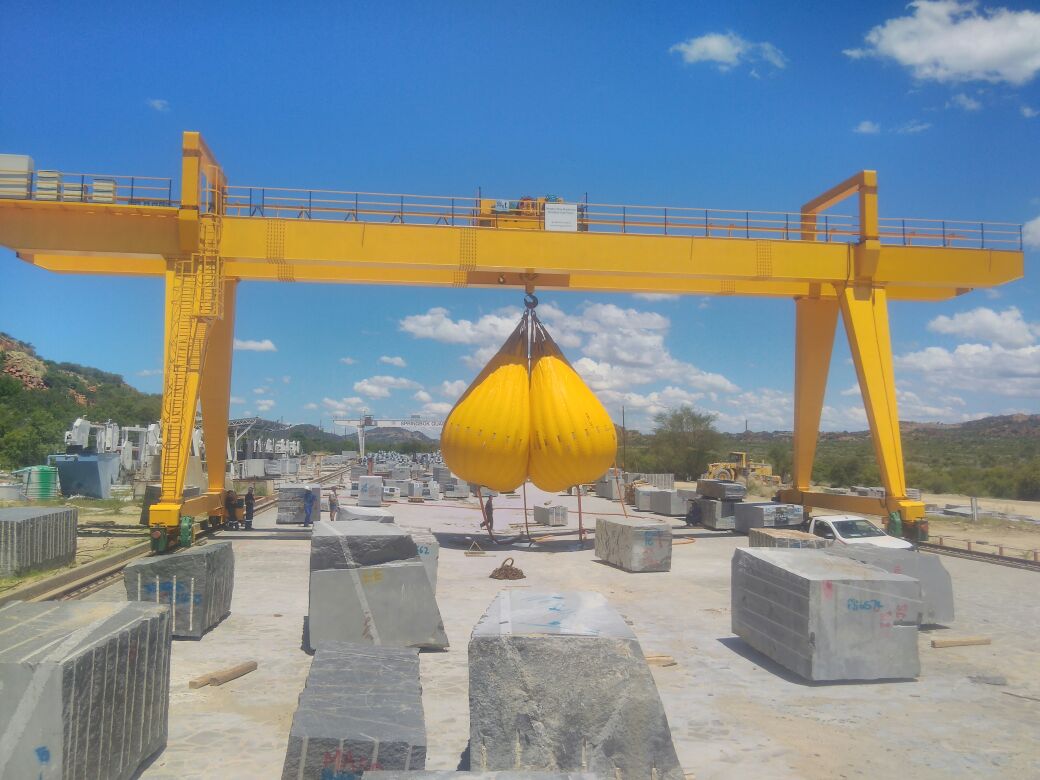At Cranes Complete & Components, our expertise in cranes is second to none, and we take immense pride in our comprehensive understanding of these impressive machines. If you’re eager to delve deeper into the world of cranes, we’ve curated a list of 10 intriguing facts that may broaden your knowledge: Ancient Greek Ingenuity: The very […]


